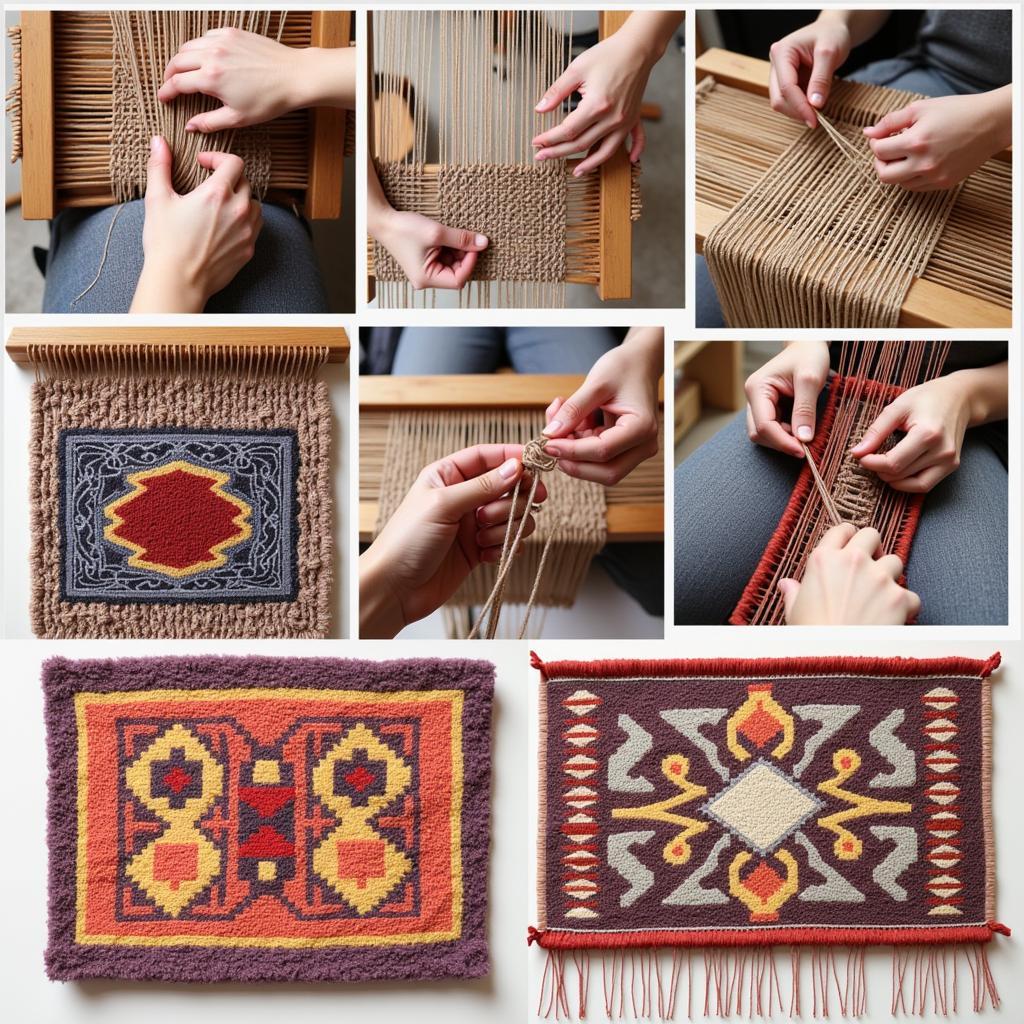Mastering the Ancient Art of Flint Knapping
Flint knapping, the ancient craft of shaping stone into tools and weapons, has captivated human imagination for millennia. This hands-on art form connects us to our ancestors, offering a glimpse into their ingenuity and resourcefulness. From the spear points of early hunters to the delicate arrowheads of skilled archers, flint knapping has played a crucial role in human history and survival.
Unveiling the Secrets of Flint Knapping
Contrary to popular belief, flint knapping is not about brute force, but rather finesse and understanding. It involves a delicate dance between pressure and precision, transforming seemingly ordinary stones into objects of purpose and beauty. The process relies on the conchoidal fracture of certain stone types, like flint, chert, and obsidian. When struck with the right force and angle, these stones break in a predictable pattern, creating razor-sharp edges and flakes.
Essential Tools for the Modern Flint Knapper
While our ancestors relied on readily available materials, modern flint knappers have access to a wider range of tools to enhance their craft.
- Pressure flakers: These tools allow for precise pressure flaking, ideal for shaping and refining edges.
- Antler billets: Crafted from naturally shed antlers, these tools deliver controlled force for percussion flaking.
- Copper boppers: Softer than stone, copper boppers prevent damage to the knapped piece during the shaping process.
- Leather hand pads: Essential for protecting the knapper’s hands from sharp edges and providing a secure grip.
Choosing the Right Stone for Flint Knapping
Not all stones are created equal when it comes to flint knapping. Selecting the right material is crucial for success.
- Flint: Known for its predictability and sharpness, flint is a classic choice for beginners and experienced knappers alike.
- Chert: Similar in properties to flint, chert offers a wider range of colors and patterns, adding a unique aesthetic appeal.
- Obsidian: This volcanic glass fractures with incredible sharpness, making it ideal for creating delicate blades and points.
Mastering the Techniques: From Flake to Finished Piece
Flint knapping encompasses a variety of techniques, each contributing to the final form and function of the piece.
- Percussion flaking: This technique involves striking the stone with a billet to remove large flakes, shaping the initial form.
- Pressure flaking: Using a pressure flaker, this technique removes smaller, more precise flakes to refine edges and create details.
- Notching: Creating notches along the edges of a point or blade allows for hafting, attaching it to a handle or shaft.
Flint Knapping: Beyond the Practical
While flint knapping holds practical applications, it transcends mere utility. It’s an art form that allows for creative expression, pushing the boundaries of what can be achieved with simple tools and natural materials. Contemporary artists are exploring new possibilities, incorporating knapped flint into jewelry, sculptures, and installations.
Finding Your Flint Knapping Community
The resurgence of interest in traditional crafts has fostered a vibrant community of flint knappers worldwide. Joining a local group or online forum provides invaluable opportunities to learn from experienced knappers, share knowledge, and find inspiration.
Conclusion: Embrace the Ancient Craft
Flint knapping, with its rich history and enduring appeal, offers a unique connection to the past and a pathway for artistic exploration. Whether you’re drawn to its practical applications, intrigued by its historical significance, or captivated by its artistic potential, flint knapping invites you to embark on a journey of discovery, skill, and creativity.




